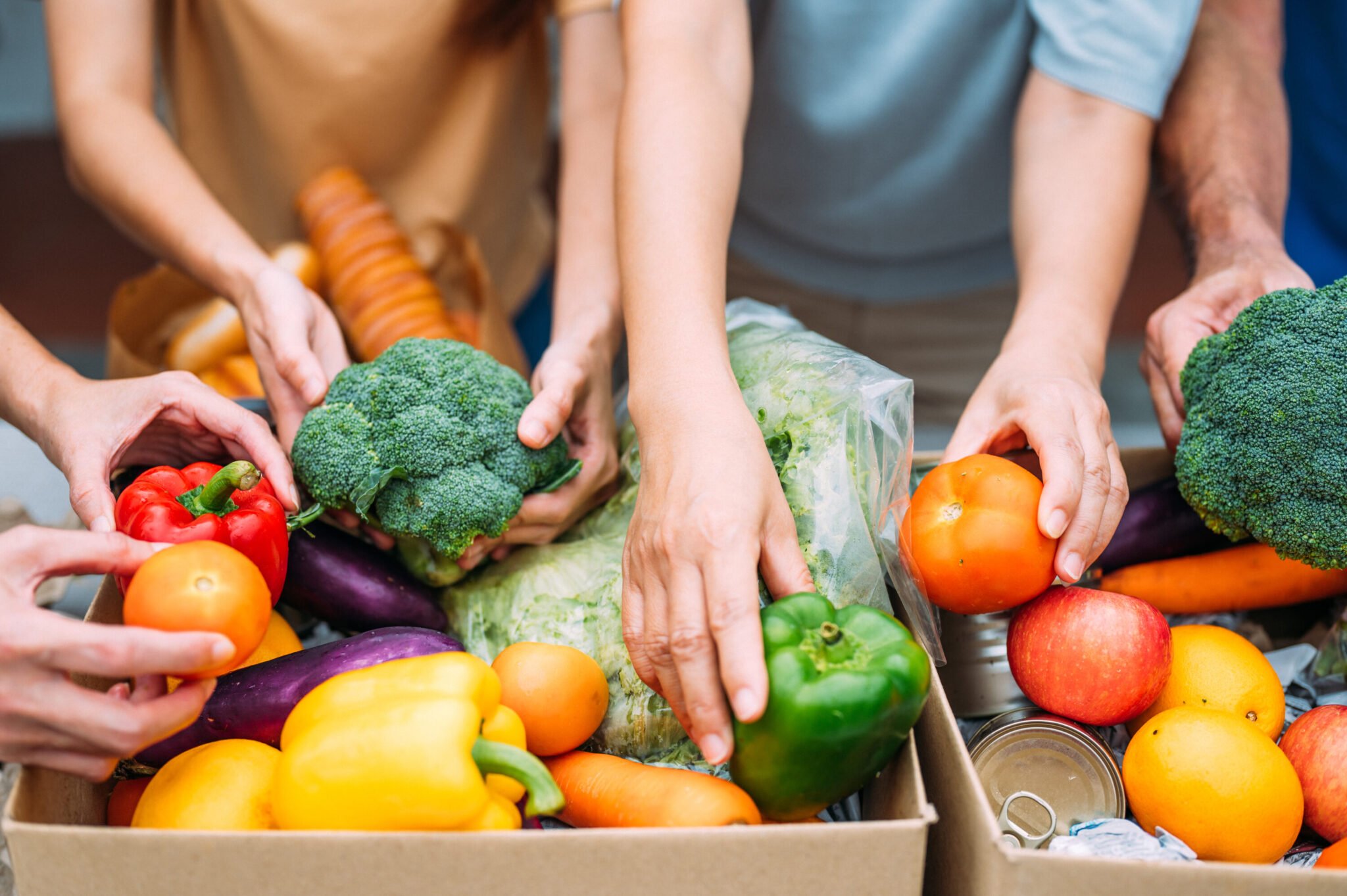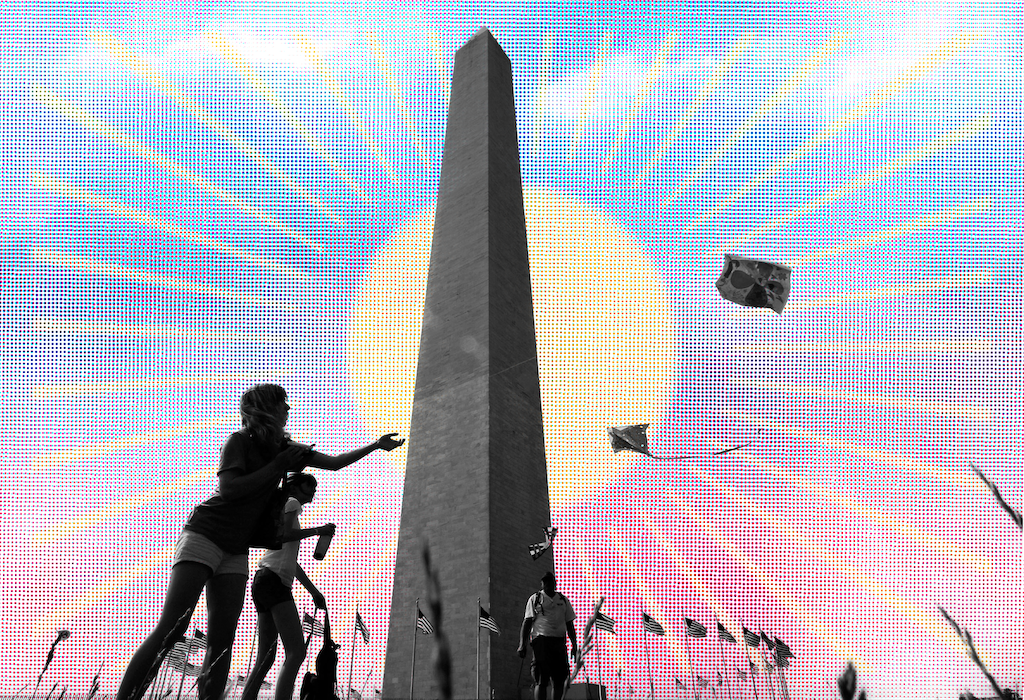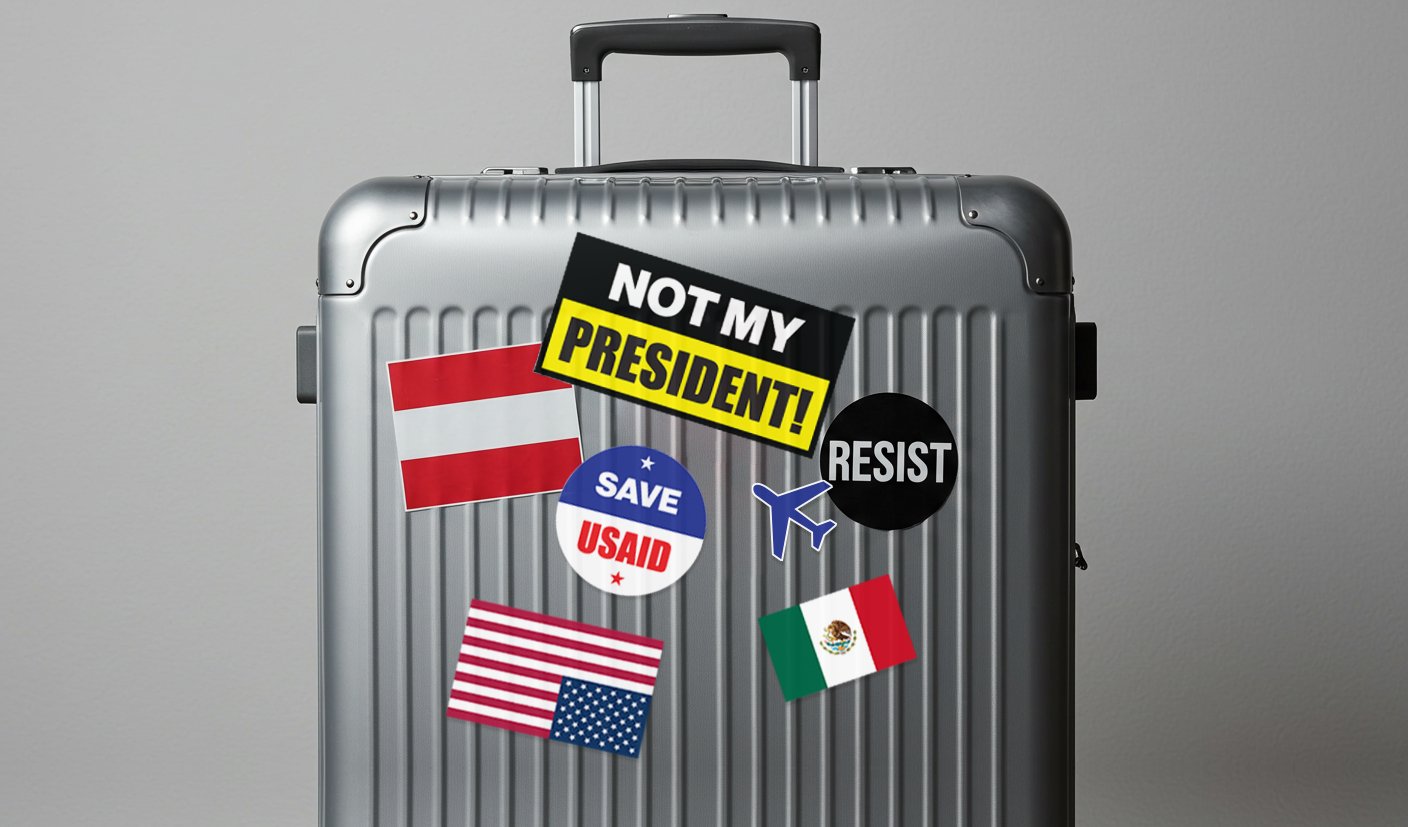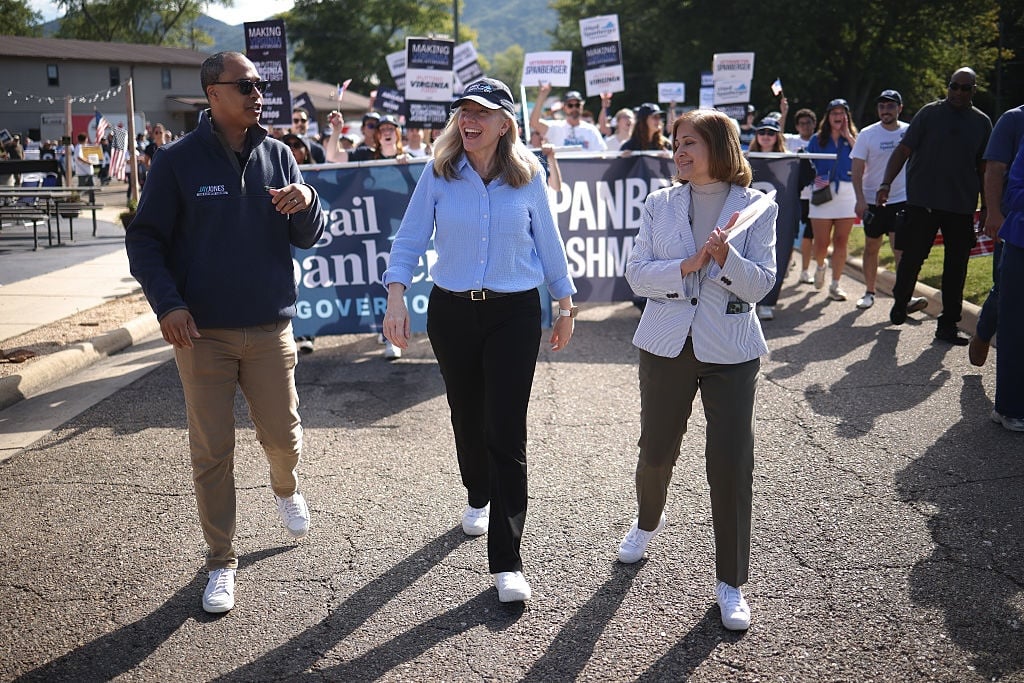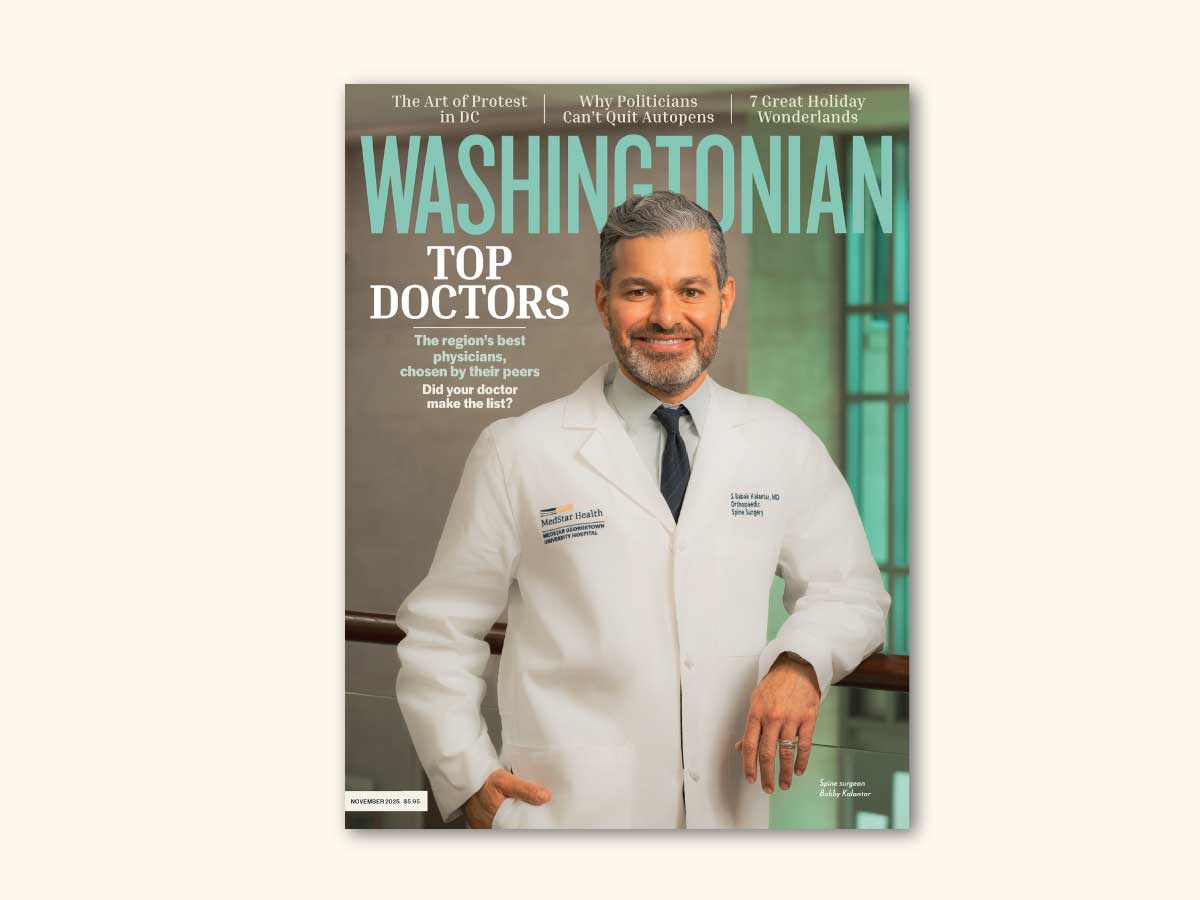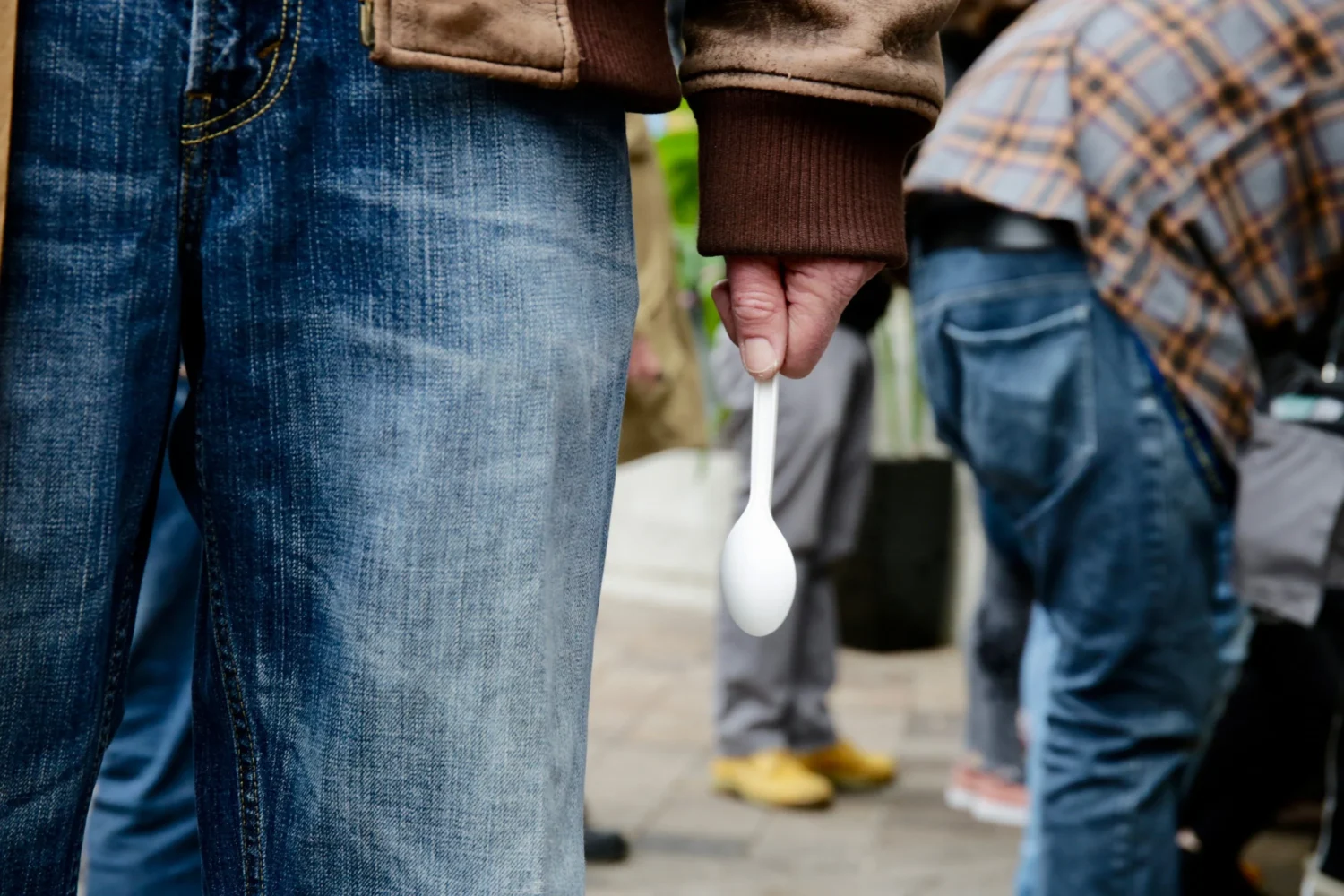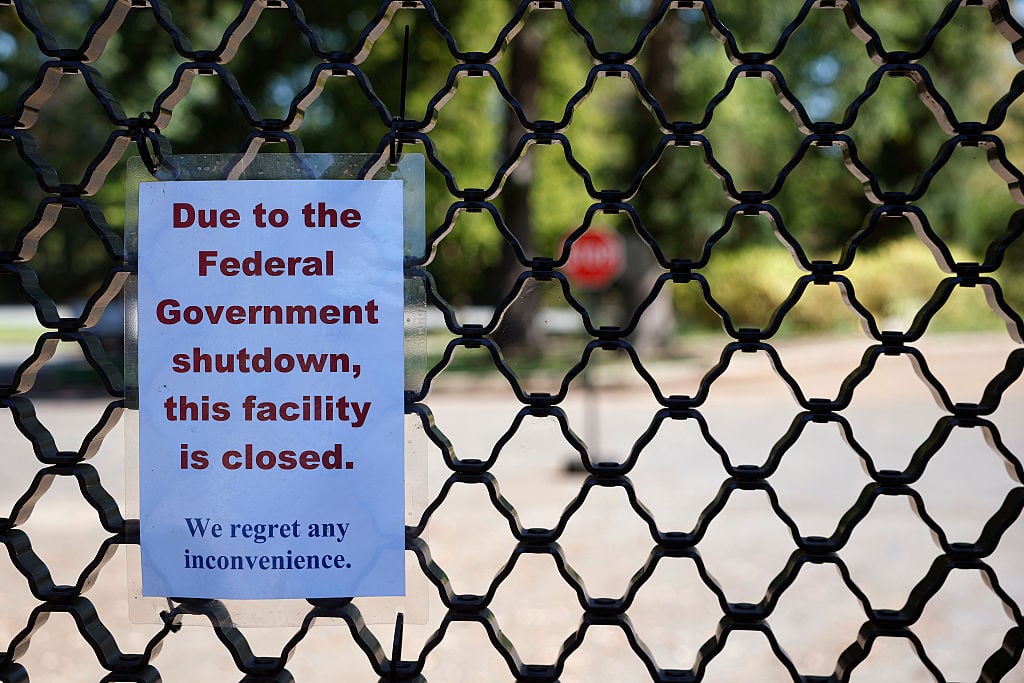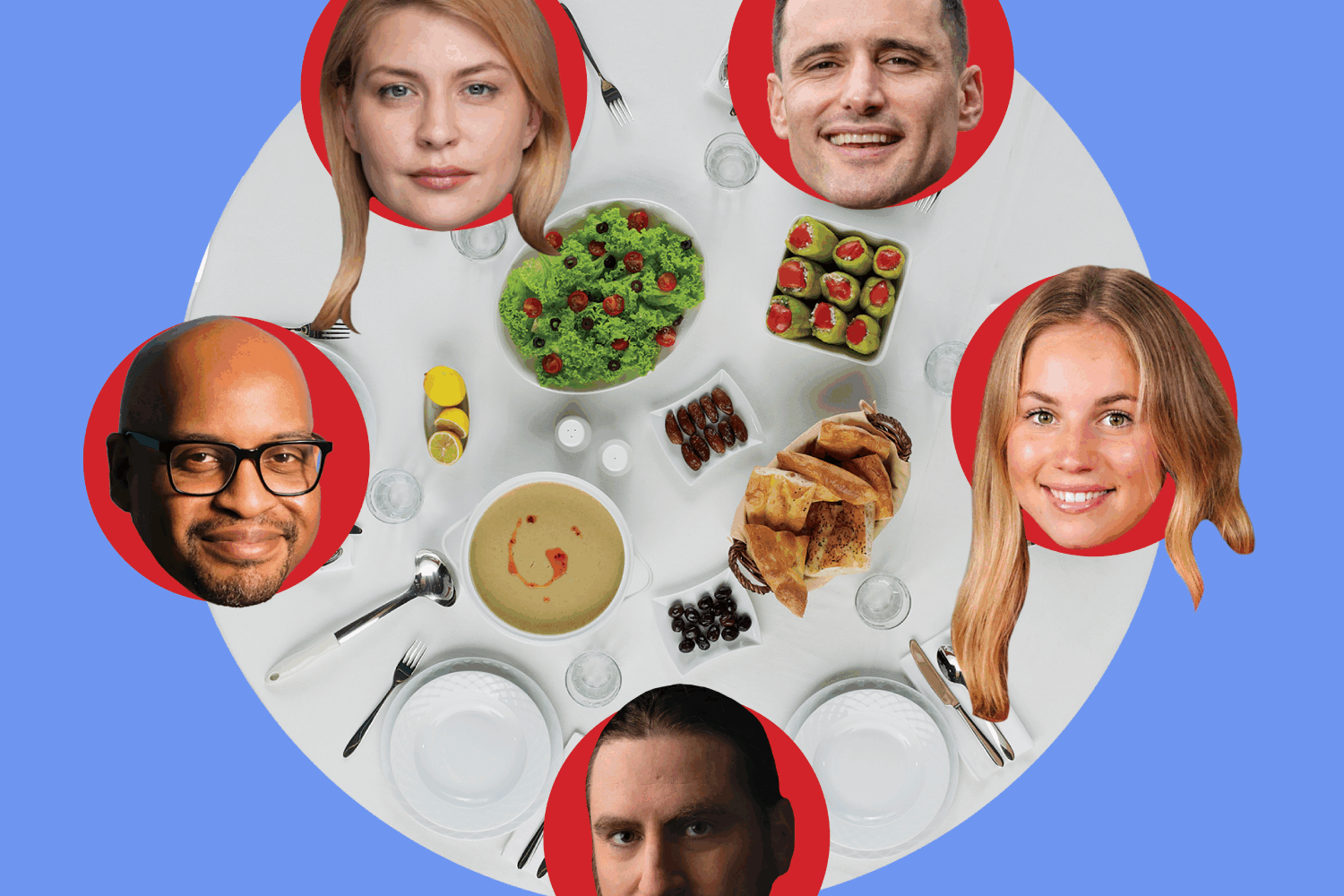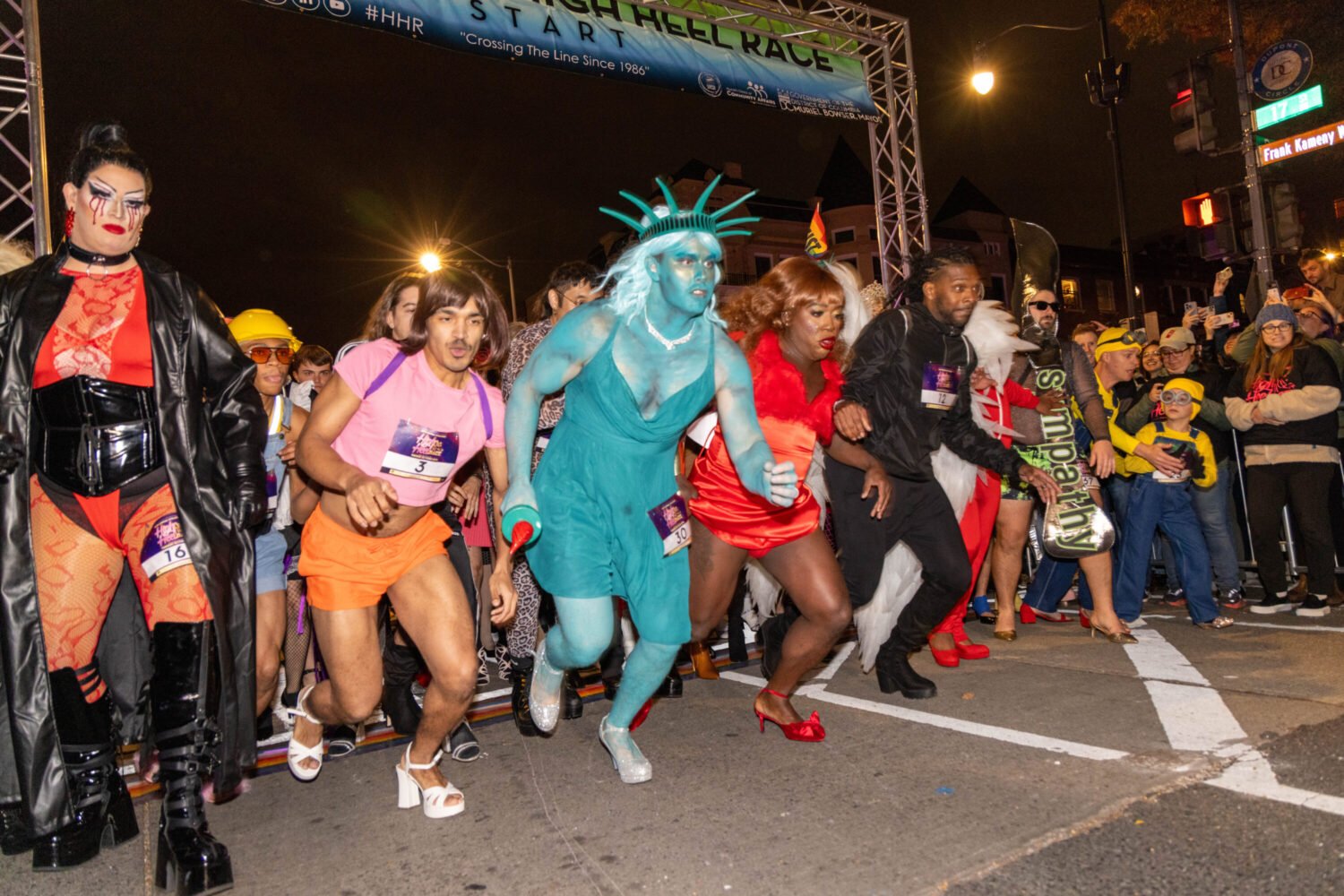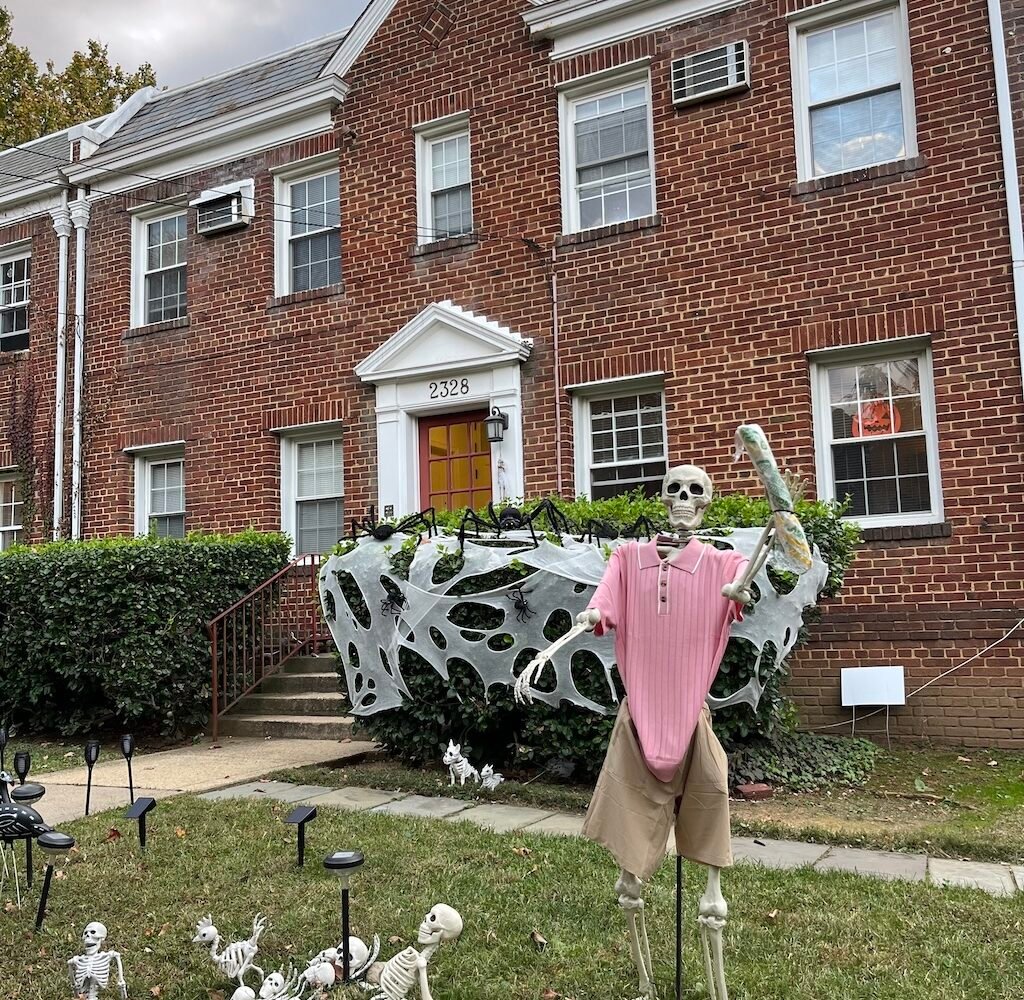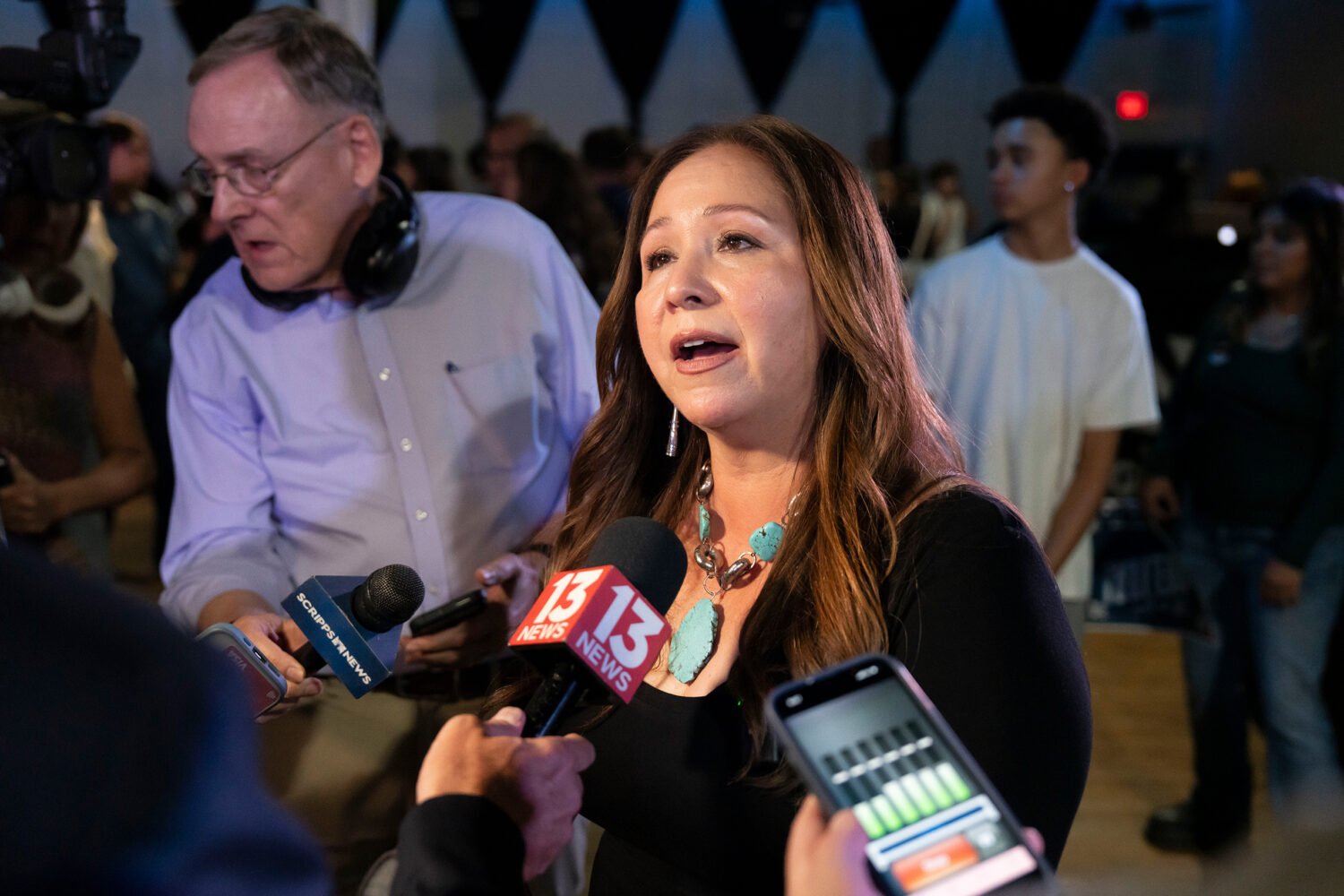On the first day that the Capital Area Food Bank started distributing free boxes of food to furloughed federal workers, October 21, a stark reality set in: “Within the first half hour, the line was twice as long as the food we had brought,” said Radha Muthiah, president and CEO of CAFB. The staff scrambled, increasing its 150 boxes to 370 that day to meet the need, and then doubled the amount brought to subsequent distributions that week—and, still, they ran short of food each time.
The current federal government shutdown, in which many civil servants are going unpaid, is just one more financial blow to many in the Washington, DC, region. DOGE layoffs, a federal takeover of DC that hurt some local businesses, and inflation in general have made it harder for many individuals to make ends meet. According to the CAFB’s latest Hunger Report, 36 percent of our region—more than one in three people—experienced food insecurity in the past year. Among households impacted directly by federal cuts, the figure was higher, 41 percent—a number that doesn’t reflect the current shutdown.
The need seen by CAFB right now also doesn’t include the impending loss of Supplemental Nutrition Assistance Program benefits, known as SNAP—which more than 1.6 million people in the DC, Maryland, and Virginia region rely on, according to the Washington Post. The US Department of Agriculture has announced that because of the shutdown, benefits will dry up on Saturday, November 1—although a federal judge’s potential ruling could stop the administration from cutting off funds. DC, Maryland, and Virginia have announced they will use available funding to fill the gap left by the loss of SNAP benefits. DC Mayor Muriel BOWSER announced yesterday that DC will cover the federal government’s share of SNAP benefits through November, while Maryland will contribute $10 million to food banks. Virginia has set up an alternative program.
“We are preparing for something truly catastrophic—and I don’t use the word catastrophic easily—if SNAP benefits are cut off,” Muthiah says. “That is going to cause significant hardship for tens of thousands of people in our region.”
In what is a poignant irony, one federal employee recently in line to get food aid from CAFB was a furloughed worker at SNAP—and, Muthiah says, the woman was more worried about the families the program is meant to help who are about to be cut off.
Businesses and States Step Up to Help
Food is often the budget item that people cut back on first, Muthiah says, since they cannot always forgo paying the mortgage or rent or utilities. But even there, those impacted by federal cuts and the government shutdown are finding some relief. Pepco and Baltimore Gas and Electric are
offering flexible payment options and waiving late fees for federal employees, while WSSC Water is suspending cutoffs and late fees.
Verizon is offering relief for phone bills. Meanwhile, some banks and
credit unions are extending no-interest loans or paycheck advances.
In Virginia, Arlington County residents can find information on rental, heating, and food assistance
here. You’ll find resources for residents of Fairfax County
here, for Prince William County residents
here, and for Alexandria
here.
Want to donate cash to directly help federal workers with whatever need is pressing? The
Federal Worker Solidarity Fund provides $500 in one-time emergency assistance to a federal worker who has been fired or who has lost a job due to the shutdown.
How You Can Get—or Give—Food Assistance
At least one local business is also sponsoring a fundraiser to help the Capital Area Food Bank: A
$16 ticket to the “Little Grand x Dolcezza ‘Slices & Soft Serve’ event on November 9 or 10 gets you a slice of Little Grand’s sourdough pizza, a Dolcezza dulce de leche soft serve dipped in chocolate, and the feeling of helping a good cause.
FreshFarm, which operates farmers’ markets throughout the area, is offering $30 in free fruits and vegetables to unpaid federal workers who present a government ID or those who present a SNAP/EBT card through its
FreshMatch program.
If you, a neighbor, or a loved one needs food assistance in DC, you can find a resource guide
here. including a ward-by-ward list of food distribution sites, and a CAFB
map to food pantries and distribution. Be sure to check directly with the website of a particular pantry or nonprofit you are interested in, because some of the guide’s information is outdated.
If you live in Montgomery County,
this map shows where you can get free food. Fairfax County has a map
here.
Able to donate or volunteer? Every $1 you can give can provide two meals, according to CAFB. Below is a list of some of the larger food banks and nonprofits helping to combat hunger, who can put donations to good use and which also often need volunteers to help distribute food:
The area’s largest food bank, it works with more than 400 local partners to provide more than 60 million meals each year. You’ll find its schedule of food distribution for federal workers
here.
Operating two food pantries in DC for low-income residents, it will also during the shutdown provide five days’ worth of groceries to
furloughed federal workers.
Food for Others
The 30-year-old nonprofit serves roughly 3,000 families a week in Northern Virginia.
Manna
The 42-year-old organization provides food to more than 60,000 people a year in Montgomery County.
DC Central Kitchen
Prepares 1.5 million meals a year that are delivered to shelters, nonprofits, and the homebound.
Operates no-cost food markets, and the mobile McKenna’s Wagon to bring warm meals and sandwiches to those in need.
Offers free, hot breakfast and lunch daily at its Shaw location, as well as a food pantry.
Miriam’s Kitchen
This nonprofit that works to end homelessness served more than 105,000 meals last year.
You’ll find a comprehensive list of food banks in Northern Virginia
here.
Join the conversation!
Share
Editor in chief
Sherri Dalphonse joined Washingtonian in 1986 as an editorial intern, and worked her way to the top of the masthead when she was named editor-in-chief in 2022. She oversees the magazine’s editorial staff, and guides the magazine’s stories and direction. She lives in DC.

